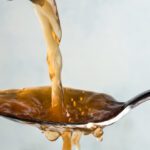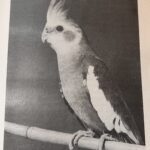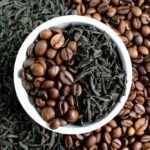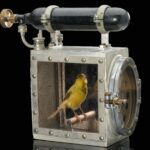
The real reasons the “all seed” diet is bad
I should preface this article by saying that every bird should be given fresh foods in addition to their staple diet. This post is merely to examine some of the claims about the “all seed” diet.
Assuming you could find an “all seed” diet, what are the usual complaints about it? Here’s a short list:
- It’s too high in fat
- Birds on this diet will become obese
- It will result in poor feather condition
- It will lead to diseases such as fatty liver disease, heart disease, and diabetes
Creating an “all seed” diet
Since it’s hard to find a 100% seed mix, I decided to create my own and then analyze it. I targeted budgies since they are the most common pet bird in the world. There are also a huge variety of budgie mixes on the market.
I went to a Petco and looked at every budgie mix that was predominantly seed. I looked at the mix of seeds to find the ones that are most commonly used. I settled on a specific seed mix called Higgins Vita Seed Parakeet Food (I’m not an Amazon affiliate). The mix contains 5 different seeds and pellets made primarily of wheat but also containing some dried fruits and vegetable. The pellets are fortified with vitamins, minerals, and amino acids.

From left to right:
- White millet
- Oats
- Canary seeds
- Red millet
- Hemp seeds
The experiment
I started with an evenly mixed bag of seed and took about 1/4 cup, which weighed out at 44.3 grams.
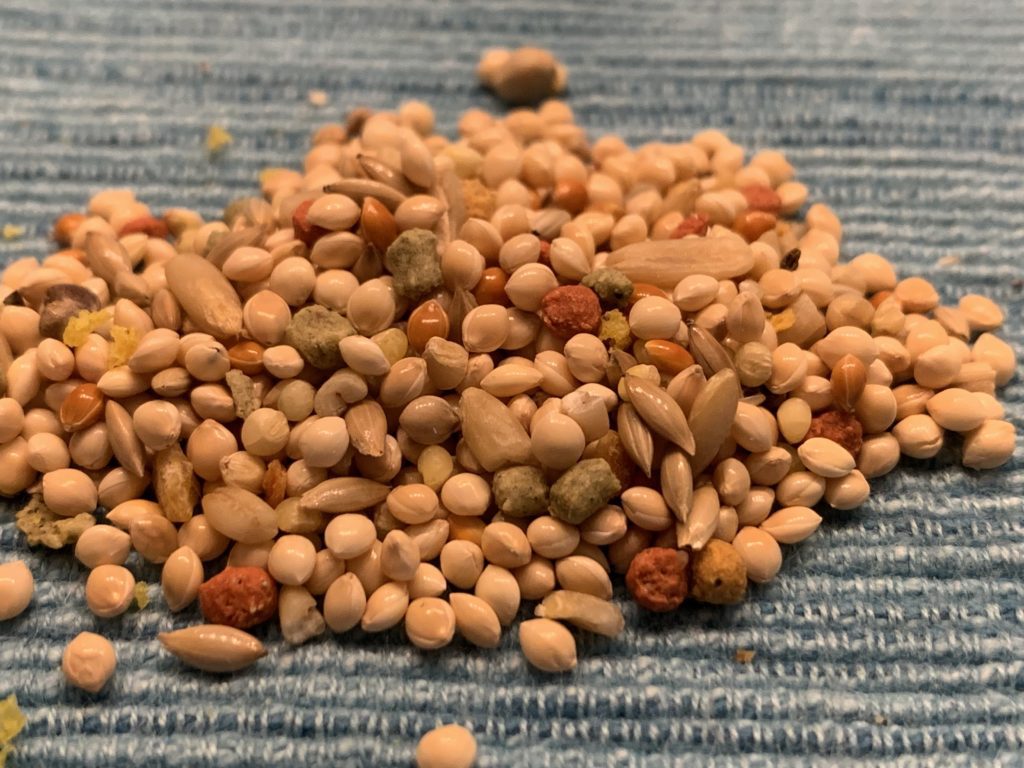
Then I separated them into 6 piles, 5 for each of the seeds and 1 for the pellets.
The mix turned out to be about 11% pellets and 89% seed. Since I’m constructing an “all seed” diet, I ignored the pellets and calculated the percentage of each type of seed.
Results
| Percentage | % fat | % protein | % carbohydrates | |
|---|---|---|---|---|
| White millet | 66.7% | 10% | 12% | 78% |
| Oats | 17.4% | 14% | 17% | 69% |
| Canary seed | 8.1% | 17% | 22% | 61% |
| Red millet | 4.8% | 10% | 12% | 78% |
| Hemp seed | 3.0% | 74% | 24% | 2% |
| Total | 100% | 13.2% | 14.0% | 72.8% |
Sources:
- Compositional Analysis of Whole Grains, Processed Grains, Grain Co-Products, and Other Carbohydrate Sources with Applicability to Pet Animal Nutrition—Foods—March 2016
- MyFitnessPal (received an 83 rating by Consumer Reports)
- Nutrient Composition of Canaryseed Groats
So, what does this mean? Let’s look at each claim about the “all seed diet separately.
It’s too high in fat
Unfortunately, there’s no scientific agreement on what constitutes a low fat diet for birds. For humans, here are two reference points:
National Academy of Sciences: 20-35% calories from fat
US Federal Dietary Guidelines: 20-40% calories from fat (depending on age)
Based on human recommendations, my “all seed” diet, at 13%, is very low in fat. Then, I found a popular pelleted diet that publishes its macronutrient profile.
Harrison’s High Potency Fine: 12% fat, minimum
So, my “all seed” diet is slightly higher than Harrison’s minimum fat content (13.4% vs 12%).
I think a reasonable person can conclude that this diet is low in fat. So what about the other claims?
Birds on this diet will become obese
This claim is predicated on the notion that eating a high fat diet makes you obese. This has been extensively disproven in human research. However, the question here is whether an “all seed” diet will lead to obesity.
Given the high carbohydrate content of the “all seed” diet I analyzed, it seems likely this is the reason birds become obese on this diet. See the link in the above paragraph.
It will result in poor feather condition
There’s no definitive research into diet and feather condition, but a lot is known about what feathers are made of and what nutrients they require.
Although feathers come in an incredible diversity of forms, they are all composed of the protein beta-keratin and made up of the same basic parts, arranged in a branching structure
Everything You Need To Know About Feathers—The Cornell Lab Bird Academy
Stick with me here. Research into penguin feathers show they contain 12 essential amino acids, including Methionine and Cystine. Research into diets in Poland show that all of these amino acids (and many more) can be obtained from grain products, vegetables, and legumes (nuts and seeds).
Health professionals should encourage vegetarians to include a variety of protein-rich foods, such as whole grains; legumes; beans, split peas and baked beans; soy products; nuts and seeds
Food Products as Sources of Protein and Amino Acids—The Case of Poland—Nutrients
So, amino acids are key and the Poland study does indicate that you cannot get all the essential amino acids if you were to eat only seeds. So, it seems reasonable to conclude the “all seed” diet would not be great for feathers. Adding some nuts and fresh fruit and vegetables would do the trick, though.
It will lead to diseases such as fatty liver disease, heart disease, and diabetes.
This claim is also predicated on the “all seed” diet being high in fat. I’ve covered this before in an article on what causes fatty liver disease. Short version: carbohydrates cause it, not fat.
Also, animal research indicates that fat is not the culprit in these diseases.
However, since the “all seed” diet is high in carbohydrates, it’s likely the cause of all these diseases. See link in above paragraph.
Conclusion
Let’s revisit the four claims about the “all seed” diet:
- It’s too high in fat (FALSE, roughly the same as a processed/pelleted diet)
- Birds on this diet will become obese (TRUE, but it’s the carbohydrate content that’s at fault)
- It will result in poor feather condition (TRUE, feathers need a lot of amino acids and not all can be obtained just from seed)
- It will lead to diseases such as fatty liver disease, heart disease, and diabetes (TRUE, but it’s the carbohydrate content that’s at fault)
To summarize, the “all seed” diet I concocted is a bad idea, but not for the reasons most people give.
Could it be fixed? Decreasing carbohydrate content and increasing fat content by adding some oil seeds would mitigate disease and obesity issues from the high carbohydrate content. However, there’s no magic way around the feather issue.
Whether a pellet or a seed-based diet is preferable is a matter of intense debate that I will cover in a later article.

